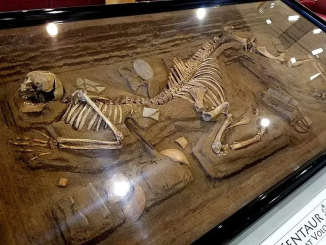In the vast expanse of art history, there exist certain masterpieces that transcend time, offering us glimpses into ancient civilizations and their artistic prowess. Among these treasures stands the Chimera of Arezzo, a remarkable sculpture hailed as the epitome of Etruscan artistry. Crafted around 400 BCE, this bronze marvel continues to captivate scholars and art enthusiasts alike, shedding light on the enigmatic Etruscan civilization and their religious practices. In this exploration, we delve into the mystique surrounding the Chimera of Arezzo, unraveling its significance and enduring legacy.

The Chimera of Arezzo is not merely a sculpture; it is a testament to the ingenuity and skill of Etruscan artisans. Standing at the pinnacle of ancient bronze-casting, this masterpiece has garnered acclaim from experts across the globe. British art historian David Ekserdjian aptly described it as “one of the most arresting of all animal sculptures and the supreme masterpiece of Etruscan bronze-casting,” underscoring its unparalleled artistic merit.
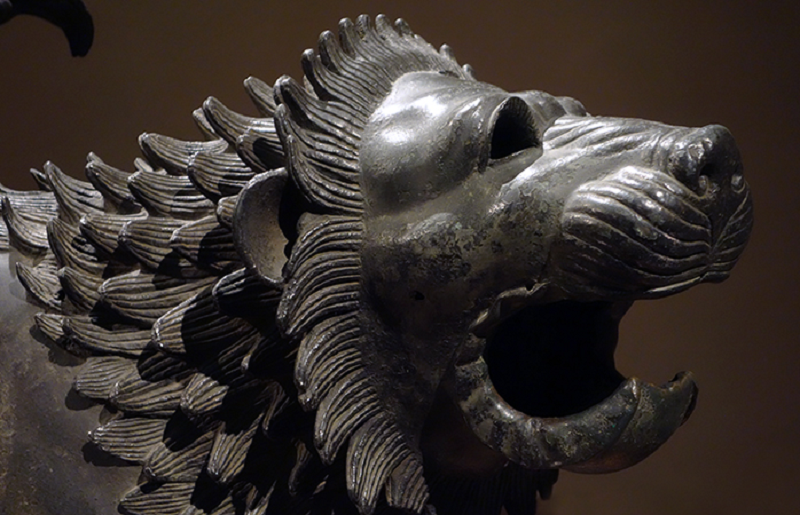
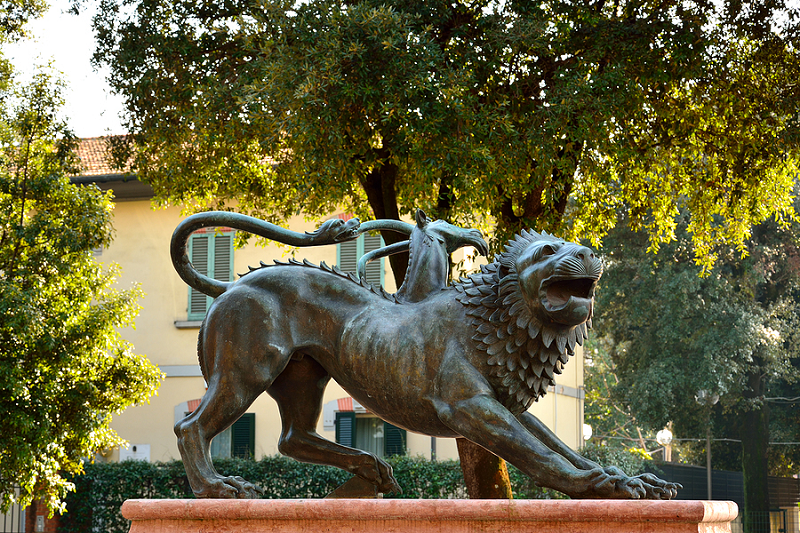
At first glance, the Chimera arrests the viewer with its striking composition and dynamic pose. Comprising the body of a lion, the head of a goat protruding from its back, and a serpent for a tail, the sculpture embodies a fantastical creature from ancient mythology. Yet, beneath its mythological veneer lies a deeper significance rooted in Etruscan religious beliefs.
It is widely believed that the Chimera was created as a votive offering to Tinia, the chief deity of the Etruscan pantheon. Tinia, often associated with the Roman god Jupiter, held immense importance in Etruscan religion, embodying the forces of sky and thunder. As such, offerings of great artistic and symbolic value were made to appease and honor this divine figure.

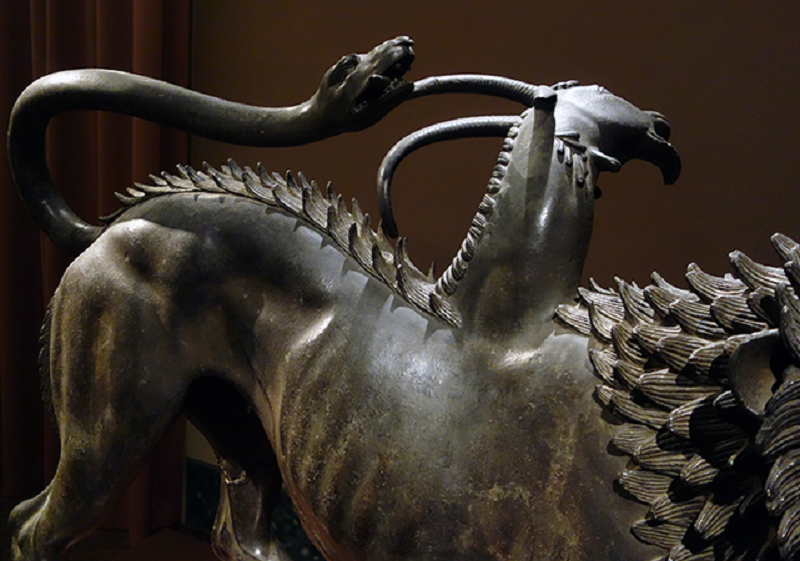
The Chimera, with its amalgamation of animal forms, likely served as a conduit between the earthly realm and the divine sphere. Its ferocious visage and mythical attributes symbolized the protective powers bestowed upon worshippers by the gods. Moreover, the intricate craftsmanship exhibited in its creation testified to the Etruscans’ reverence for their deities and their commitment to artistic excellence.
Beyond its religious connotations, the Chimera of Arezzo also offers invaluable insights into Etruscan society and culture. Scholars analyze its iconography, craftsmanship, and stylistic elements to glean a deeper understanding of Etruscan aesthetics and artistic techniques. Furthermore, its discovery and subsequent preservation serve as a testament to the enduring legacy of ancient civilizations and the importance of archaeological endeavors in unraveling the mysteries of the past.
The journey of the Chimera did not end with its creation; rather, it embarked on a centuries-long odyssey marked by rediscovery and restoration. Discovered in 1553 in Arezzo, Italy, the sculpture underwent various transformations before finding its current resting place in the National Archaeological Museum of Florence. Each chapter of its storied history adds layers to its narrative, enriching our appreciation of its cultural significance.
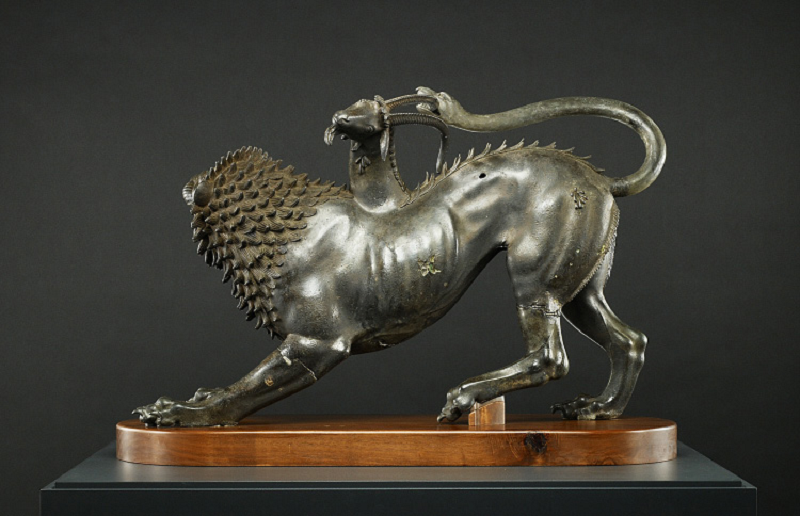
Conclusion
In the annals of art history, the Chimera of Arezzo stands as a beacon of Etruscan ingenuity and artistic prowess. From its mythical origins to its enduring legacy, this masterpiece continues to captivate and inspire generations of scholars and art enthusiasts. As we marvel at its intricacies and contemplate its significance, we are reminded of the profound connections between art, religion, and culture in shaping the tapestry of human civilization. The Chimera of Arezzo transcends the boundaries of time and space, inviting us to embark on a journey of discovery and enlightenment, guided by the timeless allure of ancient art.
